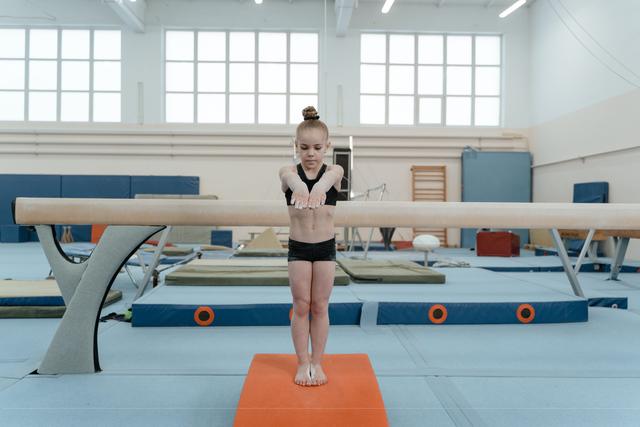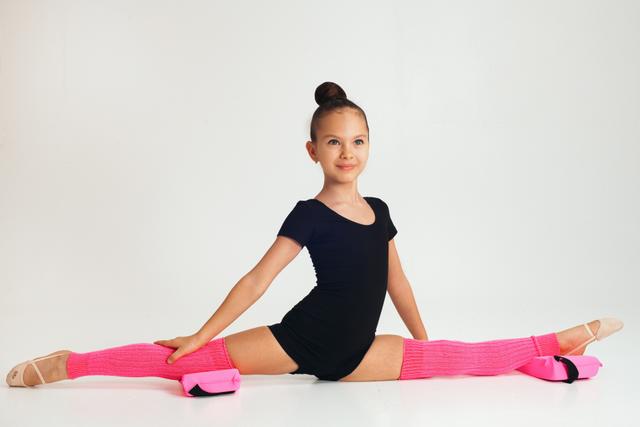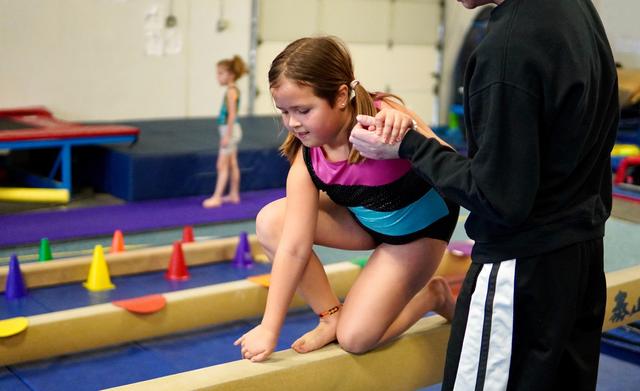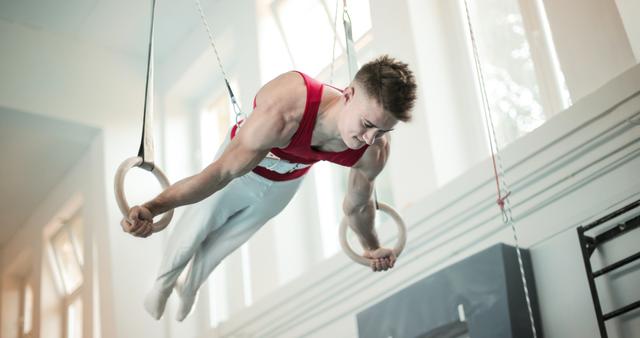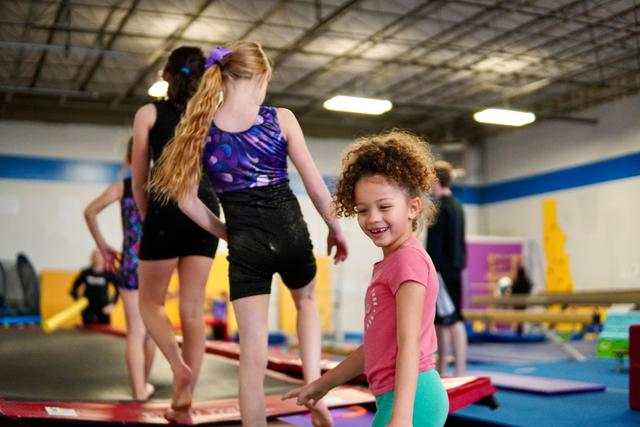Gymnastics Articles
Gymnastics For Kids In The UK
Gymnastics has long been a cherished sport in the UK, engaging children in an exciting blend of physical activity and artistic expression. The roots of gymnastics in the UK stretch back to the late 18th and early 19th centuries, aligning with the rise of physical education in schools and various institutions. Historical documents detail the establishment of the Amateur Gymnastic Society in London in 1861, which served as a cornerstone for the organised approach to gymnastics. This early adoption underscored a growing appreciation for the sport, setting the stage for the later formation of the British Gymnastics Association in 1921. This organisation played a pivotal role in structuring and promoting gymnastics throughout the country, contributing to the sport's increasing accessibility and popularity.
As gymnastics evolved, it firmly established itself within the fabric of British culture and sports. Gymnastics clubs and training facilities proliferated across the UK, supported by a structured framework that encouraged participation from a young age. This widespread appeal has not only brought gymnastics into community sports centres and schools but has also spotlighted the UK in international competitions thanks to the talents of world-class gymnasts like Beth Tweddle and Max Whitlock. These athletes have become household names, embodying the success and competitive spirit of British gymnastics on the world stage.
Today, the landscape of gymnastics in the UK is marked by a rich tradition that continues to inspire and cultivate new generations of enthusiasts. With comprehensive programmes tailored for various age groups and skill levels, children across the nation have the opportunity to explore this dynamic sport. The continuous support from national associations and local clubs ensures that gymnastics remains a key player in the UK’s sporting community, enriching the lives of young participants with its unique combination of discipline, athleticism, and creativity.
The Benefits of Gymnastics
Gymnastics significantly benefits children by enhancing their physical and mental well-being. This sport dramatically improves flexibility, balance, and coordination, which are crucial during the formative years. Engaging in gymnastics also leads to increased strength and muscle development, helping children build a solid physical foundation as they grow. Moreover, it contributes to cardiovascular health, promoting better endurance, which is vital for maintaining a healthy lifestyle.
Beyond physical health, gymnastics aids in developing better posture and body awareness, allowing children to have more control over their movements and understand their body's capabilities. Additionally, this discipline has been shown to boost self-confidence and self-esteem, providing kids with the courage to face new challenges and believe in their abilities.
The cognitive aspects of gymnastics shouldn't be overlooked either. It requires focus, discipline, and cognitive planning, fostering essential mental skills alongside physical skills. Overall, the sport of gymnastics offers a balanced approach to the growth and development of children, supporting their evolution into well-rounded individuals.
FAQs
Q1. At what age can my child start taking gymnastics classes?
A1. In the UK, children can begin gymnastics as early as 18 months old. Structured gymnastics classes usually start from around 3 or 4 years old, making it accessible for toddlers to start developing their skills early under expert guidance.
Q2. How much does it typically cost to enrol my child in gymnastics?
A2. The cost of gymnastics classes can vary widely based on factors such as location, the frequency of sessions, and the level of instruction. Many gymnastics clubs offer flexible pricing options, including discounts for multiple classes or sibling registrations, to make the sport more affordable.
Q3. What equipment is needed for kids to start gymnastics?
A3. Initially, children need minimal equipment to start gymnastics. A leotard or comfortable athletic clothing, along with gym shoes, are sufficient for beginners. As your child progresses, additional items like mats, beams, and uneven bars may be required for practice at home or in advanced classes.
Q4. How frequently should children attend gymnastics classes to see progress?
A4. The recommended frequency of gymnastics classes depends on the child's age and their level of skill. For beginners, especially younger children, once or twice a week is adequate. More advanced gymnasts typically benefit from more frequent classes, potentially training several times a week to refine their techniques and build strength.
Q5. What measures are in place to ensure the safety of children in gymnastics?
A5. Safety in gymnastics is paramount and is ensured through several means. Gyms must adhere to strict guidelines which include providing proper supervision, maintaining equipment, and ensuring that all coaching staff are properly trained and certified. These precautions help to significantly reduce the risk of injury and ensure a safe environment for all participants.

